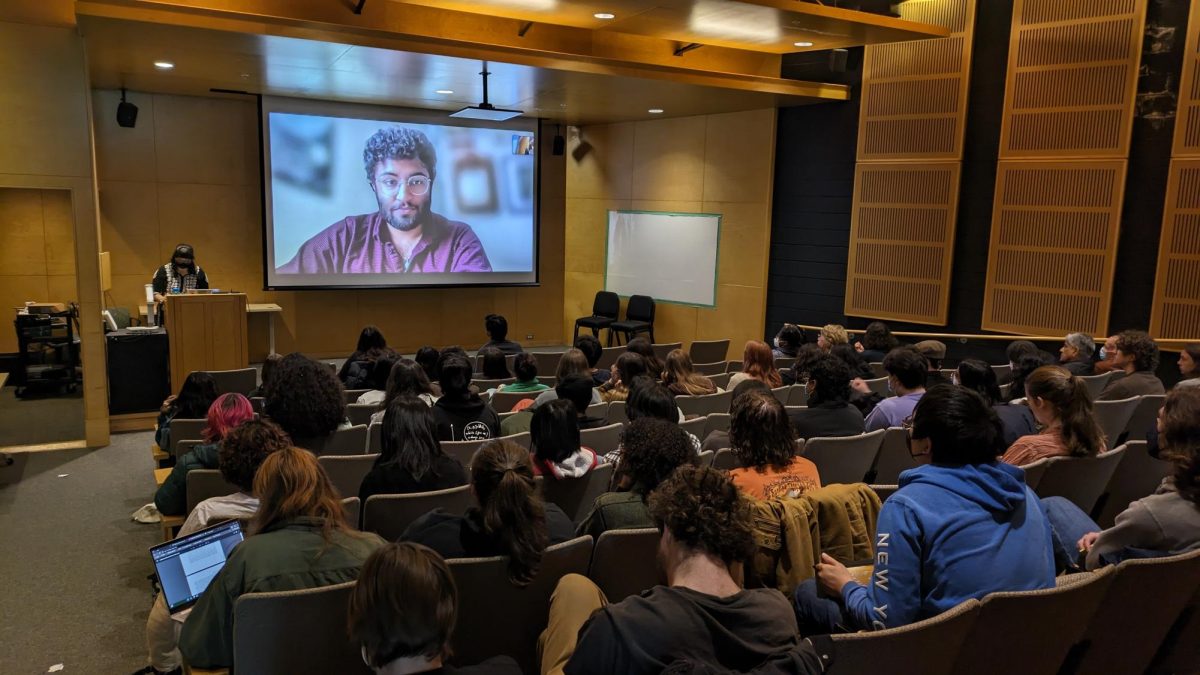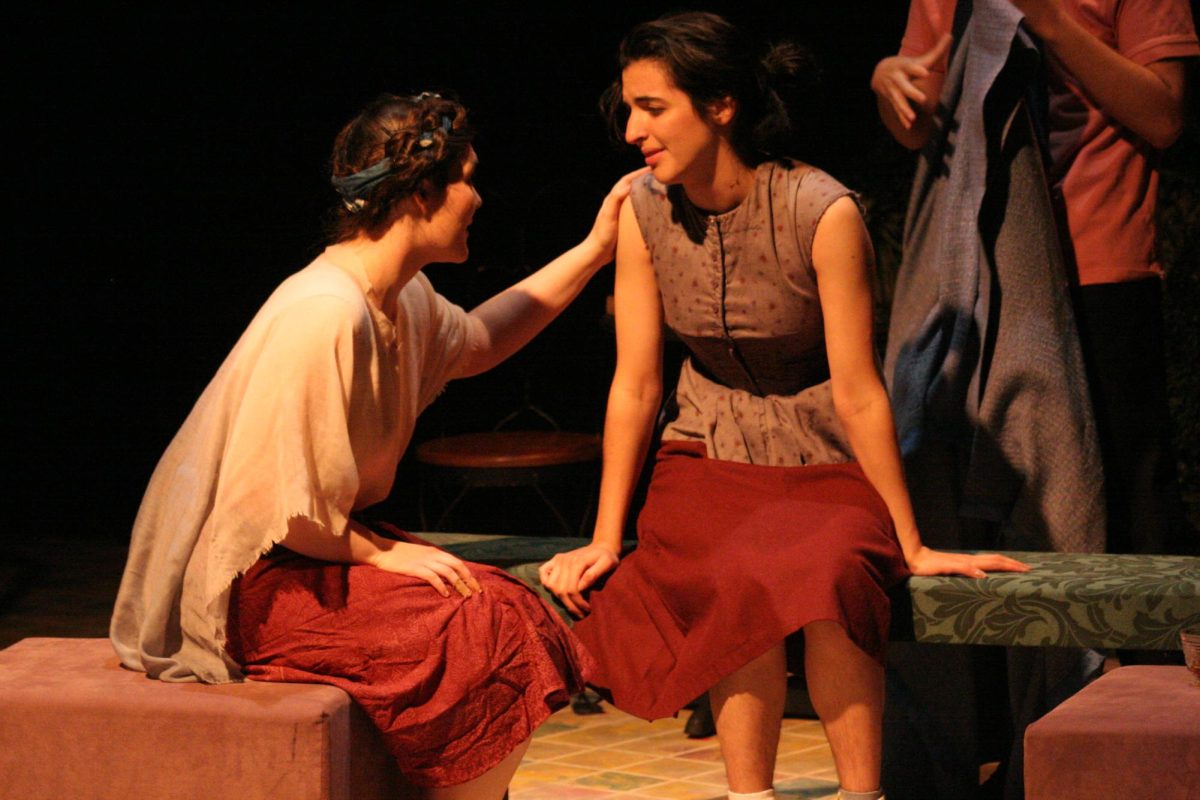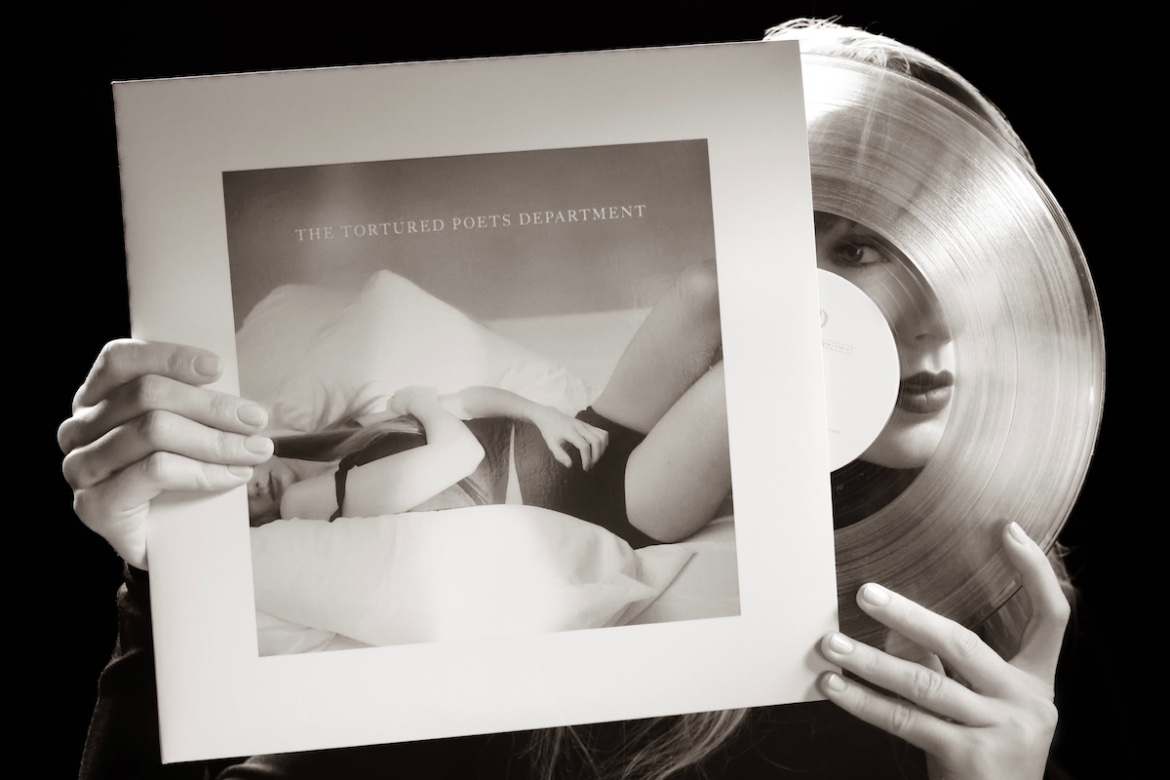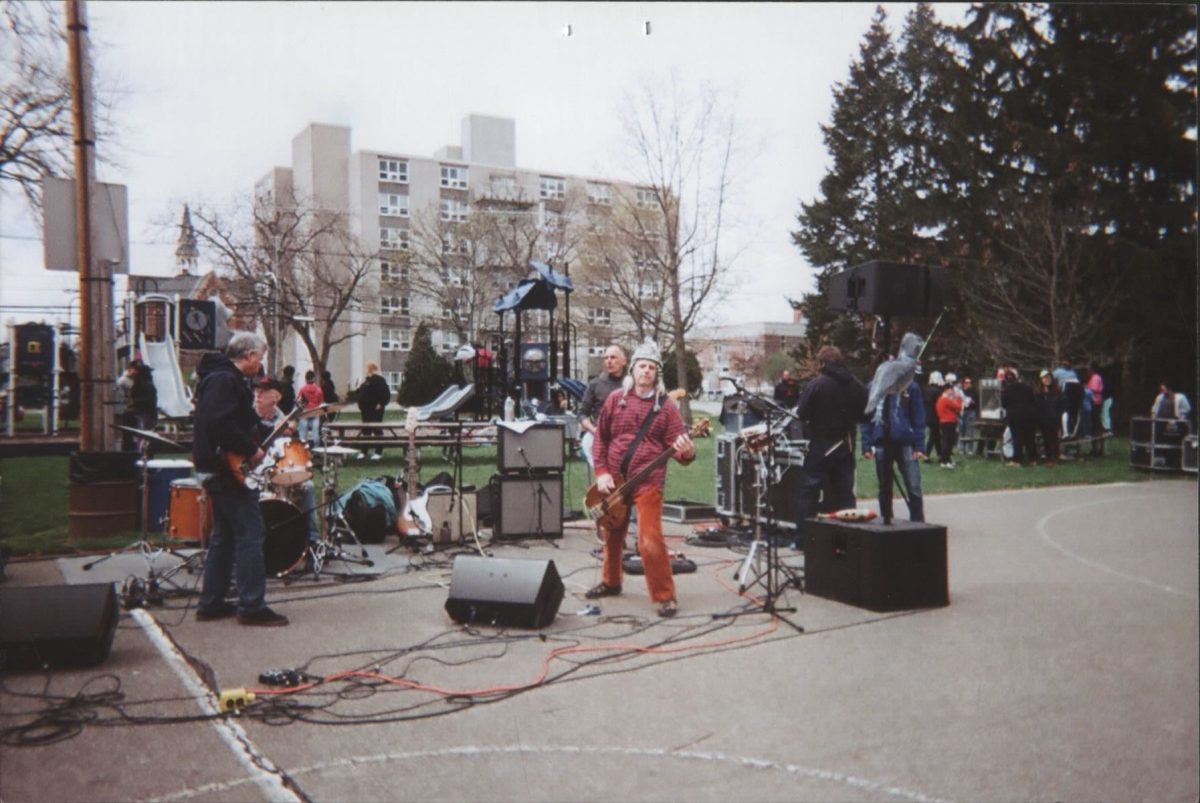Itzhak Perlman Captivates with Musical Mastery
September 16, 2011
Many artists fit the definition of “artistry” in their own ways. Some, such as Joshua Bell and Jascha Heifetz, serve as musical icons who appear to exceed the human capacity for technical proficiency, and audiences typically find their ability appealing. There are other artists, however, who prove something more. On Sunday, maturity and the art of bravura captivated listeners in Finney Chapel. Itzhak Perlman, the legendary violinist and humanitarian, along with Rohan De Silva, an unknown yet surprisingly talented pianist, delivered a program that did not reflect on the sadness of Sept. 11, but was instead an honest conversation between an artist and his listeners.
Perlman and De Silva’s choice of pieces for violin and piano followed a chronological timeline: Mozart’s Sonata in B flat major (1784), Beethoven’s Sonata No. 7 in C minor (1802), and Camille Saint-Saëns Sonata No. 1 in D minor (1885). The initial notes of the Mozart illustrated Perlman’s masterful sound, which is natural, concentrated, and pure. Each note spoke through his discreet use of the bow, and this action alone provides insight into why Perlman is such a powerful musician: His sound alone is naturally expressive. Grandiosity, which is second nature for violin virtuosos, does not play into his persona as a performer. For Perlman, the violin is an extension of himself, a goal that many violinists try to achieve but sadly never reach.
De Silva also displayed this humble and honest attitude, making the two an ideal match. Like Perlman, the pianist was attentive to his range of sound and musical direction. This was especially apparent in the first movement of the Beethoven sonata. De Silva conveyed the four introductory bars with a breadth of majesty, emotional weight and profoundness. After all, Beethoven composed the piece during the era of his “heroic style,” when he was approaching deafness and considering suicide. Beethoven’s internal struggle seeps out through his writing, and De Silva portrayed this angst well.
Similar agitation, distress and emotional intensity characterize the Saint-Saëns, as the musicians vividly conveyed. The first movement was fresh and clean, the second just as serene. However, when the fourth movement arrived, the virtuosic passage of the last two pages of the sonata left Perlman in peril. This section features fast, fleeting passages that accentuate unison harmonies between the violin and piano. Perlman lost momentum for about two measures and stumbled. However, he caught back without a trace of regret or anxiety — a difficult skill for performers to develop and stick to for dealing with mistakes.
After being greeted by a roaring audience at the end of the concert, Perlman and De Silva came back onto the stage to perform four short encore pieces, which surprised no one in the audience. Although the pieces were tiny vignettes of no great difficulty, no other violinist could play these as Perlman could. His sound alone is captivating, and whatever mistakes he encountered throughout the performance did not distract from his demonstration of a true artistic gift: his ability to speak through his instrument. This is why Perlman has engaged generations of audiences, why his featured playing on the score to Schindler’s Listis so reminiscent, personal, and ultimately moving, and why his recordings of all 24 Paganini Caprices are legendary. Perlman does not balk in the face of pretense — instead, he conquers it.














